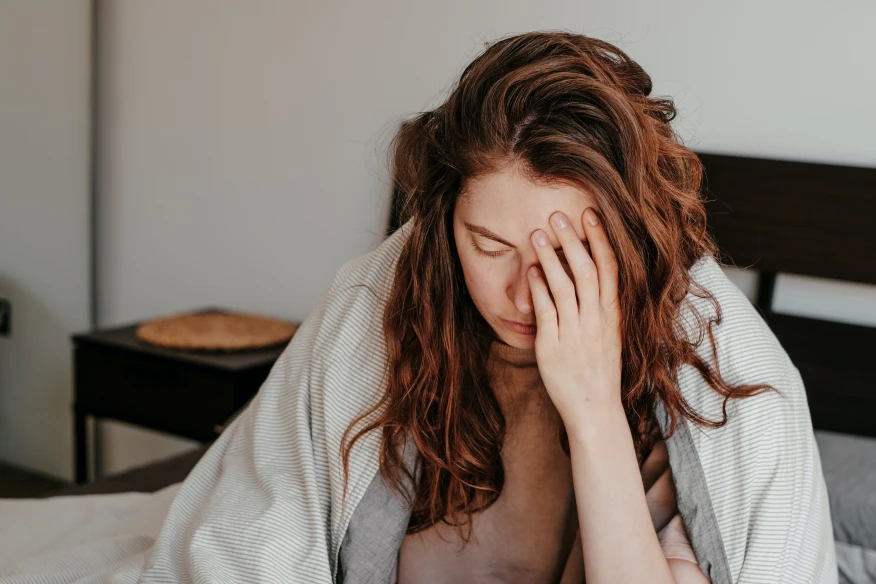Feeling unwell
- Helen Cheung, Stroke Doctor
- 2 minute read
- Last updated: October 2023
If you feel unwell, act quickly to make sure you get the care you need.

Medical emergencies

In case of a life-threatening emergency, call 999 or 112 or go to your nearest emergency department.
Examples of medical emergencies can include (but are not limited to) the symptoms below:
- Face drooping on one side
- Arm or leg weakness
- Weakness or numbness on one side of the body
- Sudden speech difficulty
- Sudden sight problems
- Chest pain, heaviness or tightness of the chest
- Sudden memory loss or confusion
- Dizziness or a sudden collapse or faint
- Difficulty breathing
- Sudden severe headache
Non-life-threatening emergencies
If it is not a life-threatening emergency and immediate medical attention is not required, then consider other options.
Your GP (family doctor)
Your GP can offer medical advice and treatment and prescribe medication. They might also refer you to other health professionals to carry out tests, diagnose or treat specific aspects of your condition.
Find your GP’s contact details
Your StrokeLINK nurse
If you were treated at a hospital with StrokeLINK service and provided with a StrokeLINK nurse, they can provide support and guidance relating to your recovery from stroke or TIA (transient ischaemic attack).
Your local pharmacist
If you have a minor ailment, your local pharmacist can be a great source of advice. They are often open late and on the weekends. They can provide: medical advice on minor illnesses advice on whether you need to see a GP over-the-counter treatments help with taking medication correctly blood pressure checks.
> Learn more about what your local pharmacist can do
Other information
Top tips
Get help
“Don't ignore any signs of these problems. Seeking immediate medical attention can make all the difference in your recovery.”
Helen Cheung | Stroke Doctor |